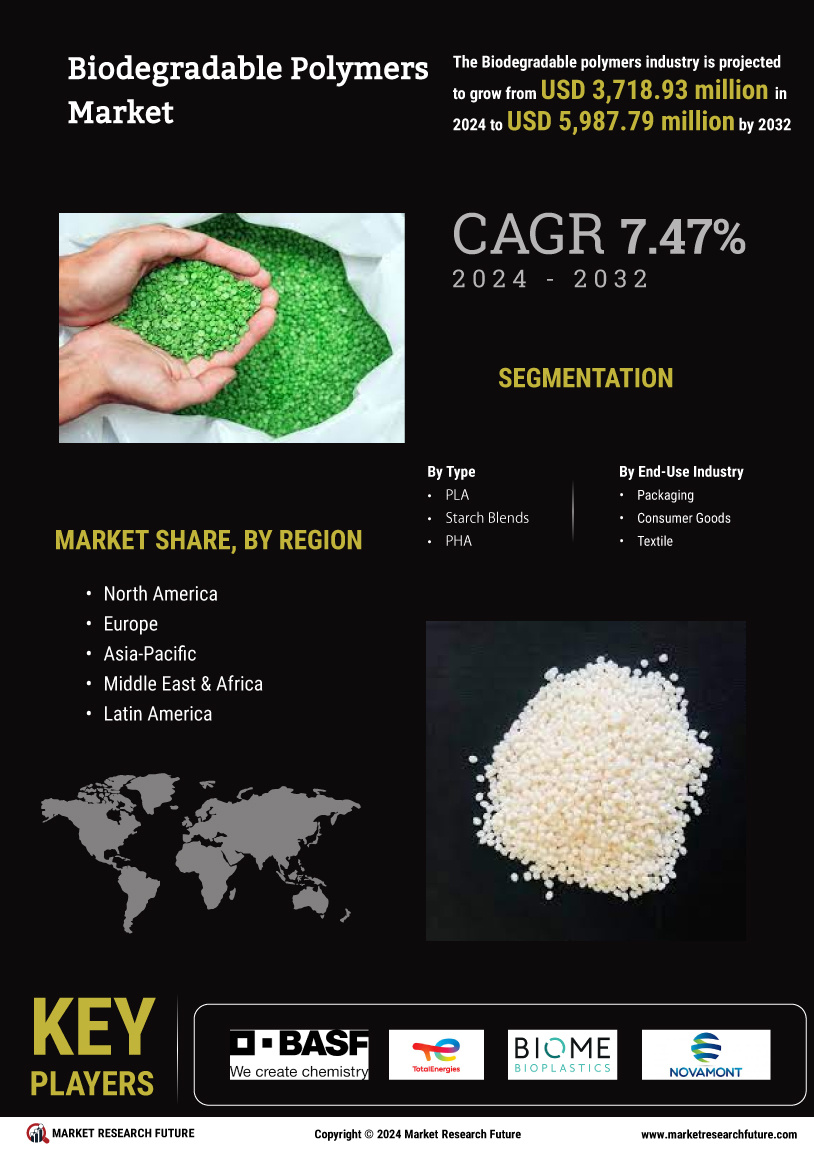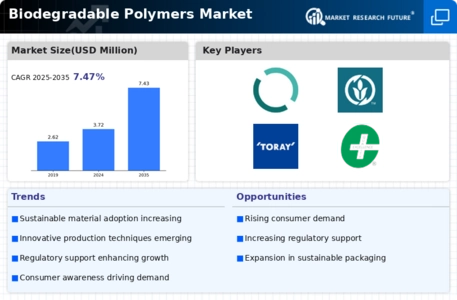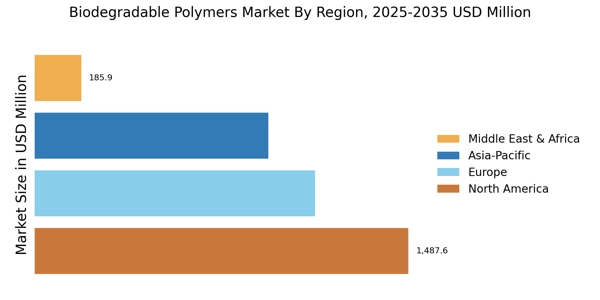The Biodegradable polymers Market is characterized by the presence of many global, regional, and local vendors. The market is highly competitive with all the players competing to gain maximum market share. Rapid advancements in processes, manufacturing and the growing application of Biodegradable polymers in end-use industries are the key factors that affect global market growth. The vendors compete based on cost, product quality, availability, and reliability of the products. The vendors must provide cost-effective and high-quality Biodegradable polymers to compete in the market. The competitive scenario is fragmented between tier-1 and tier-2 companies.
The growth of market players is dependent on market conditions, government regulations, and industry development. Thus, the players should focus on expanding their production capacities to meet the demand and enhancing their services. BASF SE, Total Corbion, NatureWorks, Biome Bioplastics, Novamont S.p.A, Evonik Industries, Toray Industries, Inc., Cortec Corporation, Plantic Technologies, Arkema, among others are the major companies in the market that compete in terms of quality, price, and raw materials incorporated. These players are primarily focusing on the development of more sophisticated and advanced products.
Although the international players are dominating the market, regional and local players with small market shares also have a moderate presence. The international players with presence across the globe, with established manufacturing units or sales offices, have strengthened their presence across major regions such as North America, Europe, and Asia-Pacific.
BASF SE: BASF aims to develop and offer sustainable solutions that are environmentally friendly and help reduce carbon emissions. The company is committed to reducing its own carbon footprint and helping its customers to do the same. BASF invests heavily in research and development to create innovative products and technologies that meet the changing needs of its customers. The company is focused on developing new solutions in areas such as renewable energy, energy storage, and electric mobility. BASF is constantly evaluating its portfolio of products and services to ensure that it is aligned with its strategic goals.
The company is divesting non-core businesses and investing in areas where it sees growth potential.
Total Corbion: Total Corbion aspires to improve its position in innovation and technology, and the business hopes to support the development of industries that are geared toward the future. The company aims to strengthen its leadership position by offering biodegradable polymers. It focuses on securing a leading position by leveraging the full portfolio and expanding into adjacent areas. Furthermore, A reputation for innovation, operational excellence, and dedication to environmental and safety protection polymers has been established by the company.
As a measure of the maturity of technology, the business has already secured multiple collaborations product launches with significant international industrial brands in various fields.


















Leave a Comment